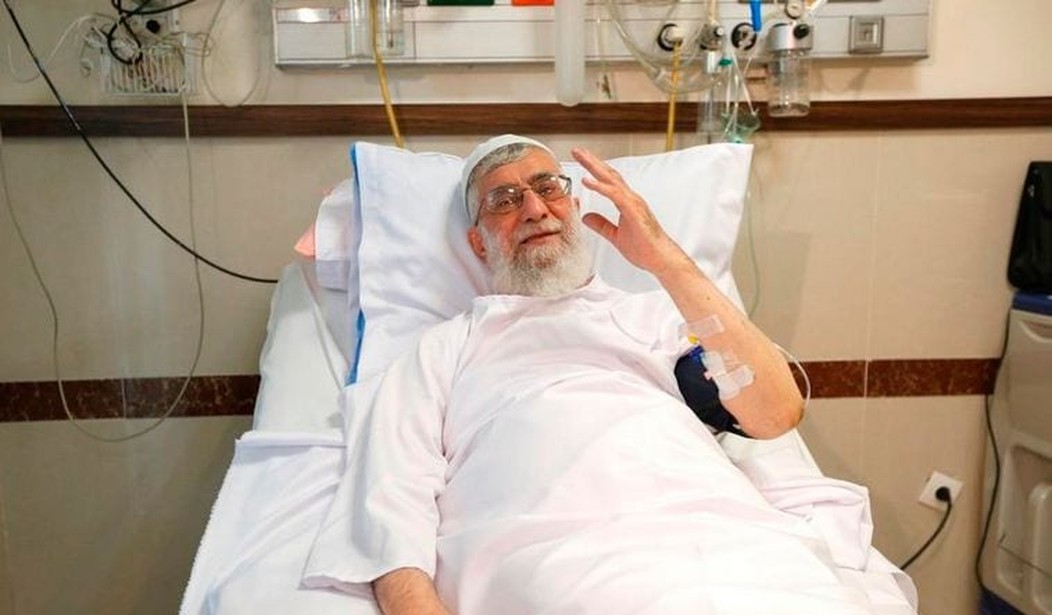One of the defining characteristics of the modern nation-state is a concern with population. The relationship between the state and the size of the country’s populace is even more crucial in the case of totalitarian societies, where even the most private and personal of affairs may redound on national security.
The study of population policies, biopolitics, and the role of state interference in the private sphere constitutes a useful tool for more accurately understanding and predicting socio-political behaviors in a given society. Childbirth and rearing are not strictly private matters; the state and its policies play a significant role in their overall trends. The decision to procreate is dependent not only on the will of the biological parents but also on other factors, including state policies such as constant advertising for procreation, political and economic incentives, and child-care subsidies.
In the early 1980s, as the Iran-Iraq war raged, Iran’s population growth rate was at about four percent. At this rate, the country’s population was set to double in around 17 years. Islamic Revolution rhetoric influenced by the Iran-Iraq war, combined with state-sponsored incentives to have more children, made Iranian society receptive to new population policies promoted by politicians to boost the growth rate to between three and four percent. Iran, which had started implementing plans to decrease population growth in the late 1960s, was now facing rapid growth pace with long-lasting consequences.
As the revolution changed many aspects of Iranian life, population growth was at its peak just a few years after the 1979 Islamic Revolution. Iranian “baby boomers” were born in the midst of the war. For a tangible comparison with U.S. trends, let us not forget the average population growth rate between 1946 and 1964 — the classic American baby boomer generation — was less than 1.7%.
The Iran-Iraq war ended in 1988, and only weeks later the Ministry of Health took steps to consult clergy on the matter of contraception.
Gradually, attitudes toward population growth changed as politicians realized that the growth rate would need to be slowed if Iran were to be consistently prosperous in the long run. Government policies were changed accordingly, and in less than a decade Iran’s population growth decreased by 70% to an overall 1.2 percent.
Although the growth rate fluctuated between 1.2 and 1.8 percent over the next decade, technocrats considered higher population growth undesirable, and they aligned public policies towards this more modest, reasonable target. Affordable, and in many cases free, contraception was available. Iran was even lauded by the United Nations for its population policies.
In 2012, once Iran’s population growth had stabilized, Supreme Leader Ali Khamenei changed his mind and publicly declared a war on the country’s population-control policies.
Not long after, officials in the Mahmood Ahmadinejad administration announced that population control programs were a thing of the past. In May 2014, Khamenei declared that it was wrong for the government to have previously enacted policies aimed at slowing population growth. He admitted that he was partially responsible for these “ill-conceived policies,” and declared that they should be changed immediately to compensate for almost two decades of “wrongdoing.”
This likely represented the sole instance of Khamenei admitting wrongdoing in matters of policy, and people familiar with the discourse of the ruling class thus recognized it as a significant development.
If this abrupt radical change is not to be attributed solely to the mood swings of the supreme leader, what reasonable governmental goal accounts for a policy change that would nearly double the country’s population from 80 to 150 million people?
While many might anticipate employment challenges, even Iran’s experts overlook a more elemental issue: only last summer, more than 500 municipalities were faced with water shortages. Though accommodating tens of millions more people would be an environmental impossibility, the state’s resolve seems firm.
As with many other dictators, Ayatollah Khamenei’s decisions are celebrated and praised by opportunists in the administration and the parliament. Many talk about the advantages of a bigger population and belittle efforts for population control. These programs are even described as a Western plot to restrict Muslim (in some rhetoric, specifically Shiite) world population. Though most officials who use this language are too sly to believe the party line, such cynical accommodation is a trend with precedent in the political culture of Iran and other totalitarian states.
Since vasectomy and tubal ligation have been eradicated from public health services along with the promotion of contraception and birth control, short-term consequences have been dramatic. Fatemeh Daneshvar, a member of the Tehran city council, has stated that the birth rate of homeless people has increased by a factor of 15 — from a monthly rate of three to four cases to almost 60 births — although she does not clarify the time period in which this growth took place.
Despite the government’s aggressive rhetoric, Iranian middle-class citizens are not interested in such demographic engineering. According to published statistics, this year’s rate of population growth (1.2 percent) is even lower than last year’s. Reasons for the decline are paralleled in other parts of the world: delayed marriage, urbanization, limited housing space in the big cities where the bulk of the population is concentrated, high cost of living, and the expectation that women contribute equally to the work force.
A comparative look at other totalitarian societies and some educated guessing (made necessary by the fact that demographic information is often hard to obtain in such countries) might suggest some precedent for these trends.
Mr. Khamenei is anxious to prove Iran’s regional hegemony, and from this view, demonstrating national dominance in population is much more important than the health of the economy. Given that the population trends in two other totalitarian societies, North Korea and Cuba, have similarly dwindled, the supreme leader finds it rational to encourage fertility. A more aggressive Iranian regional (if not global) strategy in the near term might prove emulation of the policies that North Korea adopted in the ‘80s (note that little data exists on the insular nation’s population trends) more rational than it first appears.
It is hard to deny that totalitarian states view population declines as matters of national security, since their state apparatuses are always in a semi-military state. In Iran, whether or not such policies will be efficacious is a question that must be left to the future. After all, it is the people in general who must buy these official political lines if they are to have any effect — in Iran’s case, the very people who find wisdom in the old Persian saying: “The government treats people like artillery treats flesh.”









Join the conversation as a VIP Member